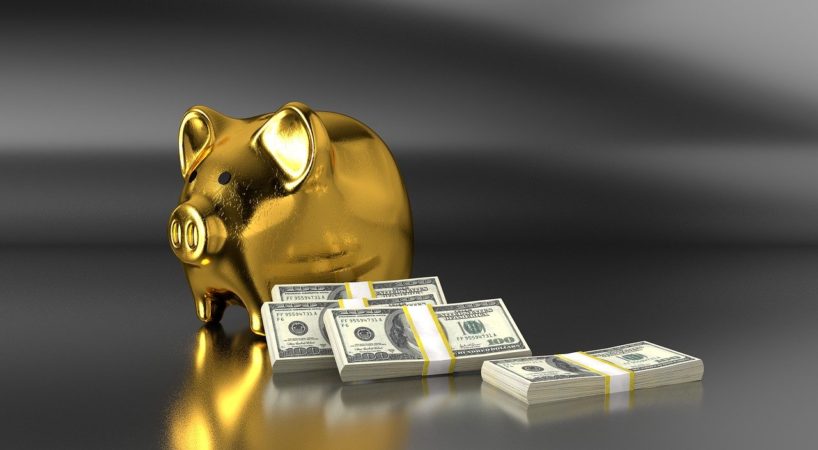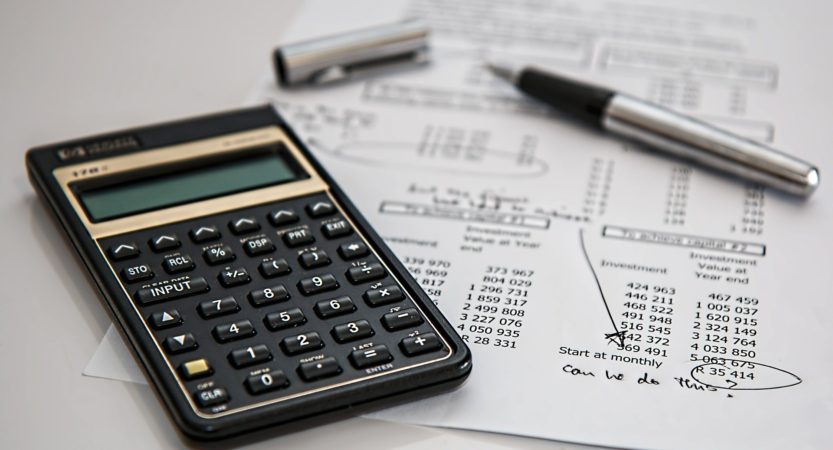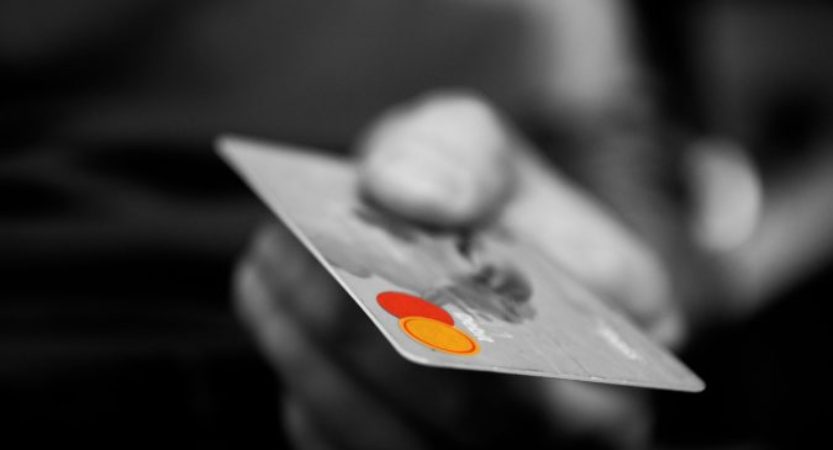During unprecedented times such as when a pandemic strikes; and we have to dig deep into our pockets, it raises the important question as to do we have a safety net, and is it strong enough to protect us from the impending fall?
On average the financial markets experience a fall every 7 to 10 years, and while this may seem like an ominous occurrence, it is very normal and part of the economic cycle. Why this is not a problem and part of life is a different discussion. The aim of this article is to share tips on how to be prepared when such a situation arises.
Until the COVID-19 pandemic struck, the worst I imagined happening was me losing my job or incurring a major expense due to injury, illness or breakdown of some essential appliance at home. I had an ‘Emergency Fund’ to help me sustain these sudden expenses as well as insurances to protect me against injury or illness. However, the pandemic raised serious questions about my strategy.
My focus had always been to save enough to help me sustain a shock to my financial system, however I never imagined the shock could be sustained over such a long period; something that the pandemic brought to light. For example, I assumed if I was ever made redundant, I would be able to find work in 3 months. But the pandemic made me realise that if I lost my job I’m not sure when I would be able to get another one. A lot of people who unfortunately have lost their jobs are realising this, and even those who haven’t lost their jobs understand the seriousness of this issue.
So how do you ensure you are protected during such an event and can live life comfortably without worry till things get back to normal? Well, unless you are a millionaire or billionaire or possibly already retired comfortably, it might be hard to ensure that you are completely protected from a financial downturn. However, there are steps you can take to ensure you build a safety net to at least cushion the fall; if not to protect you completely from it. Also hopefully a pandemic never strikes again, but you never know, and in any circumstance there will always be financial downturns for one reason or the another which no one saw coming.
The 3 Points in your Financial Security checklist should be as below:
- Build Your Emergency Fund
- Ensure You Are Appropriately Insured
- Build A/Multiple Source(s) of Passive Income
While each point is equally important, I will focus on how to build your Emergency Funds. This is because having appropriate insurances should always be your first step towards financial freedom and risk mitigation. Also building a source or multiple sources of passive income takes time.
Now the first question in your mind must be, “How much do I need in my Emergency Fund?”. But the pre-cursor to that question is, “What do I save for in my Emergency Fund?”.
Think of your Emergency Fund as having 5 Buckets:
Bucket No. 1 - Emergency Expenses
The first bucket relates to your Emergency Expenses. Your first step should be try and save for expenses relating to an emergency, like your Fridge or TV breaking down and you having to repair it or buy a new one. These are those one-off expenses which will occur, but you never know when. Another reason for filling this bucket first is to ensure you have funds to support you in the event of an emergency while you go about filling your other buckets. Ideally you would have somewhere in the range of $2,000 to $3,000 in this bucket saved up as hard cash.
Bucket No. 2 - Monthly Expenses
Your second bucket is your monthly expenses. This should include the total figure of all monthly expenses for you to live your comfortable normal lifestyle. This puts emphasis on having an up to date and sound budget. You want to first save enough to cover one month of expenses. Then focus on filling your other buckets and come back later to filling this bucket to increase this to 3 months of expenses, then 6 months, then 9 months and eventually a year’s worth of expenses. This bucket is to support you in the event you lose your job. As you start hitting monthly goals in this bucket, you can save this money in Fixed/Term Deposits or a High Interest Savings Account.
Bucket No. 3 - Medical Expenses
Your third bucket would be for medical expenses. Ideally you would have health insurance to cover for some of your expenses and this bucket would basically be an amount to cater for medical expenses on a small to medium level. This could be a dental emergency, or an injury for which you may need short term physiotherapy or other such ad hoc expenses. Do not expect to save money in here for some major illness or injury as that would be impractical. This amount will vary from person to person and should be saved in the form of cash.
Bucket No. 4 - Insurance Excess
Your fourth bucket would be savings towards paying for your insurance excess. This could be for example your car insurance excess, or your private health insurance excess. If your excess is a very small amount, then you would ideally want to increase your excess to an affordable amount in order to reduce your insurance premiums since the plan is never to claim on your insurance.
Bucket No. 5 - 1 Pay Cycle
Your final bucket, and this is optional, is saving your income for 1 Pay Cycle. This goes back to one losing their job. In the event you lose your job, you would not be in the right mind frame to focus on your finances. Having saved enough for another pay cycle will ensure you have time to come to terms with the change in your circumstances.
Once you have filled these 5 buckets, you can tick off the first step on the checklist in terms of protecting yourself in the event of a financial downturn.




